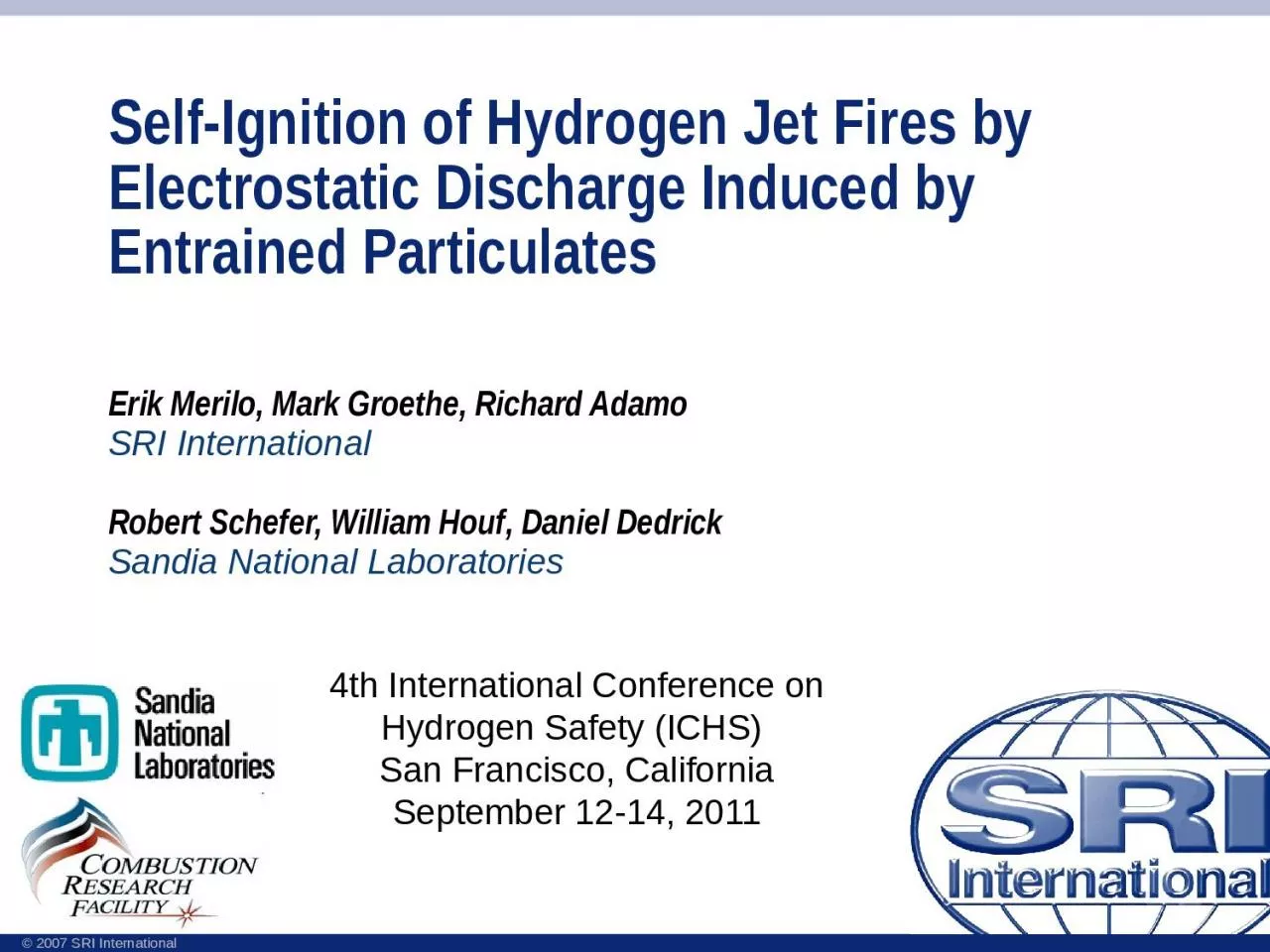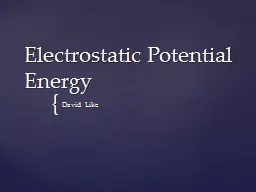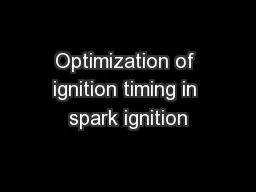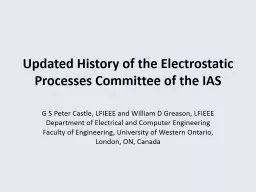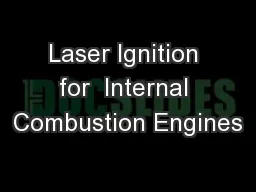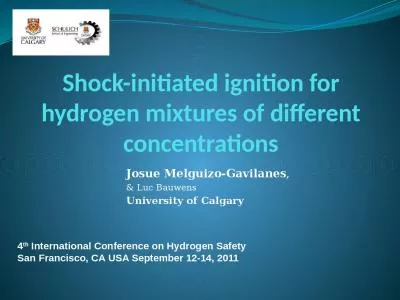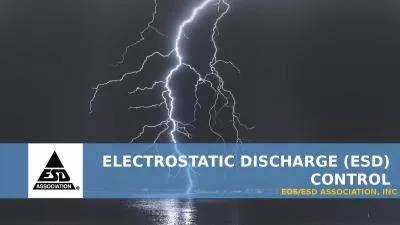PPT-Self-Ignition of Hydrogen Jet Fires by Electrostatic Discharge Induced by Entrained Particulates
Author : jade | Published Date : 2023-11-08
Erik Merilo Mark Groethe Richard Adamo SRI International Robert Schefer William Houf Daniel Dedrick Sandia National Laboratories 4th International Conference
Presentation Embed Code
Download Presentation
Download Presentation The PPT/PDF document "Self-Ignition of Hydrogen Jet Fires by E..." is the property of its rightful owner. Permission is granted to download and print the materials on this website for personal, non-commercial use only, and to display it on your personal computer provided you do not modify the materials and that you retain all copyright notices contained in the materials. By downloading content from our website, you accept the terms of this agreement.
Self-Ignition of Hydrogen Jet Fires by Electrostatic Discharge Induced by Entrained Particulates: Transcript
Download Rules Of Document
"Self-Ignition of Hydrogen Jet Fires by Electrostatic Discharge Induced by Entrained Particulates"The content belongs to its owner. You may download and print it for personal use, without modification, and keep all copyright notices. By downloading, you agree to these terms.
Related Documents

